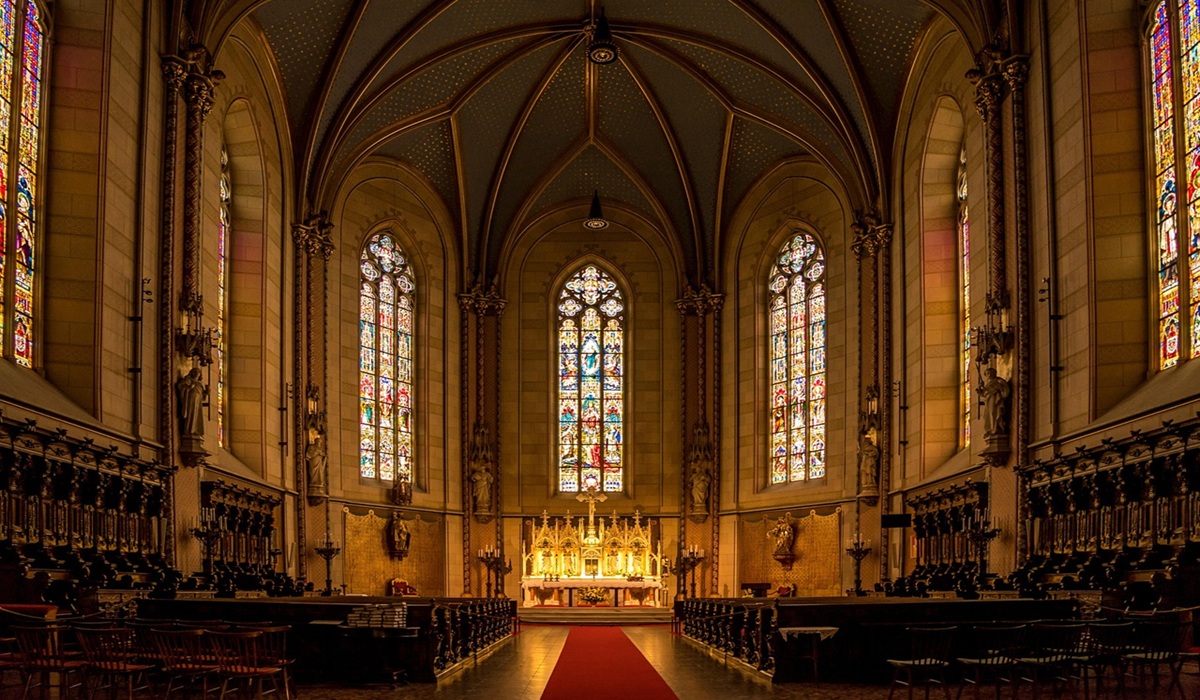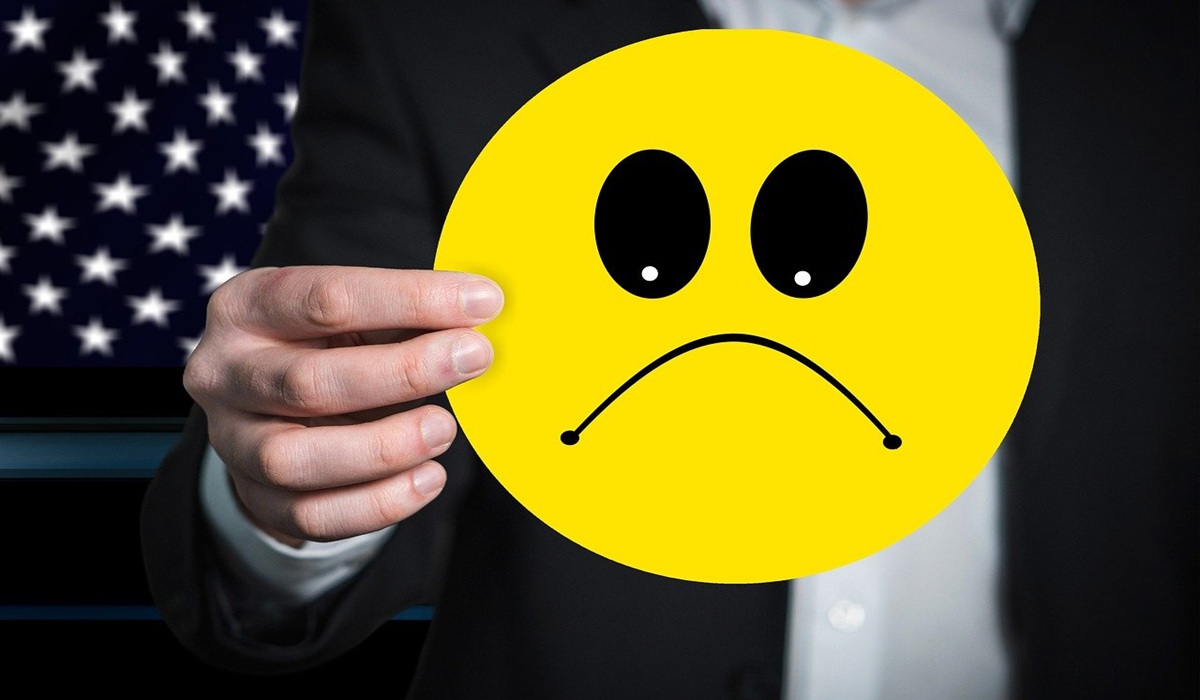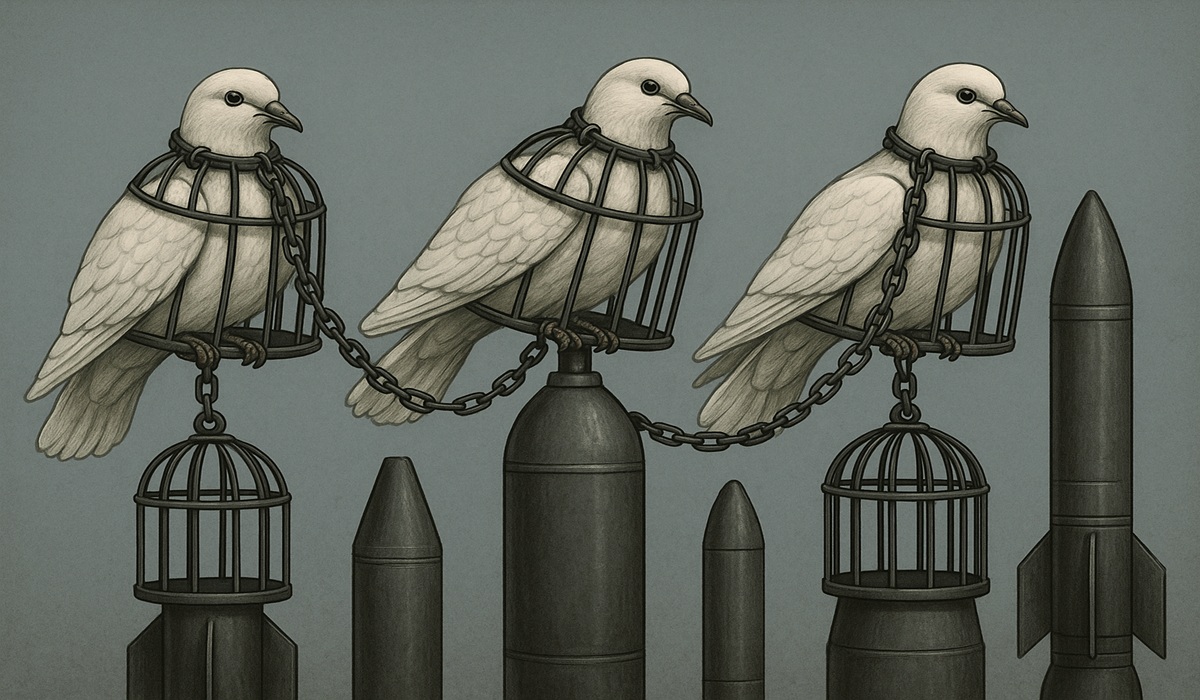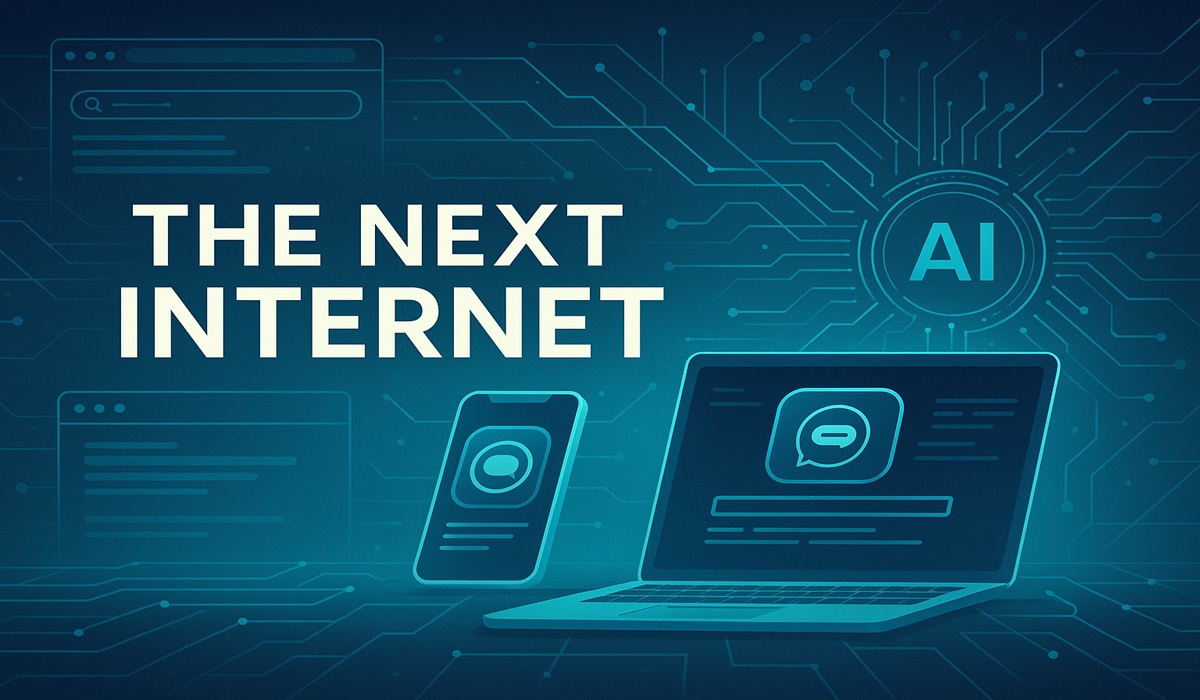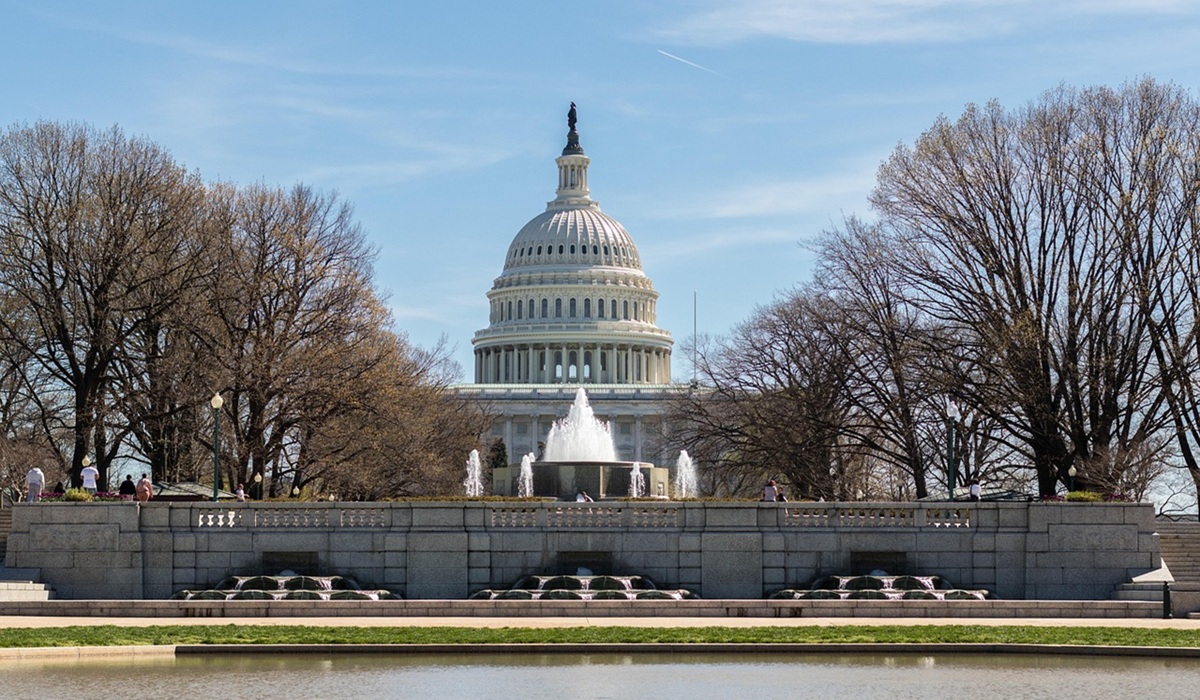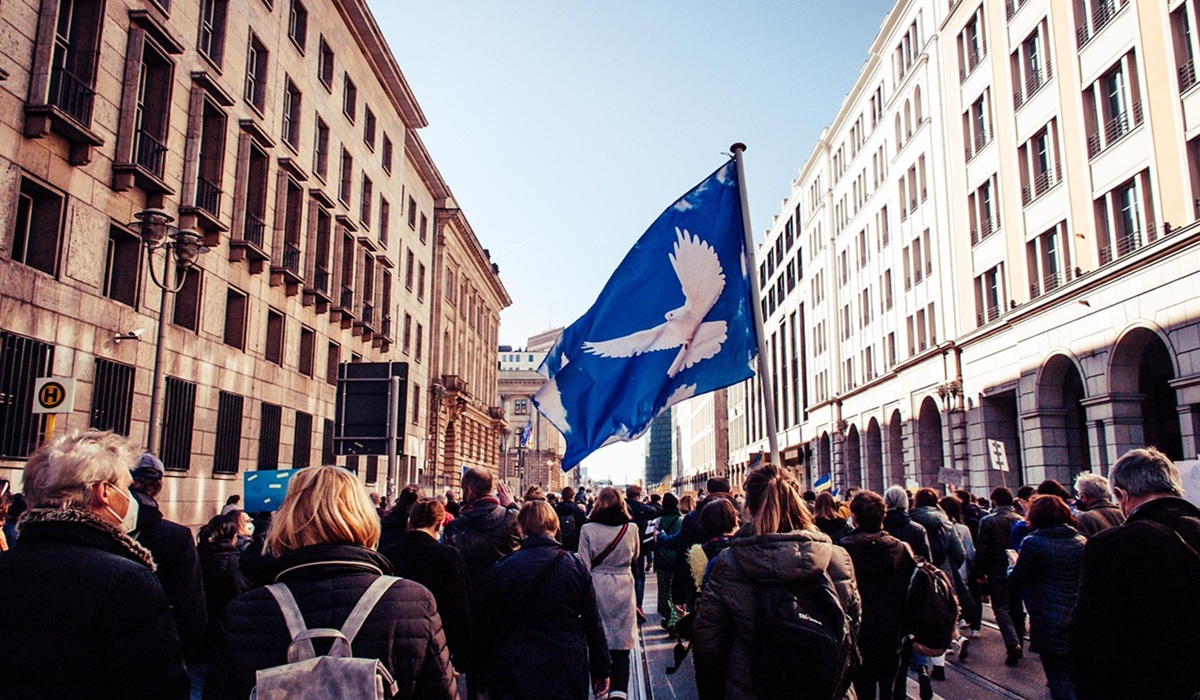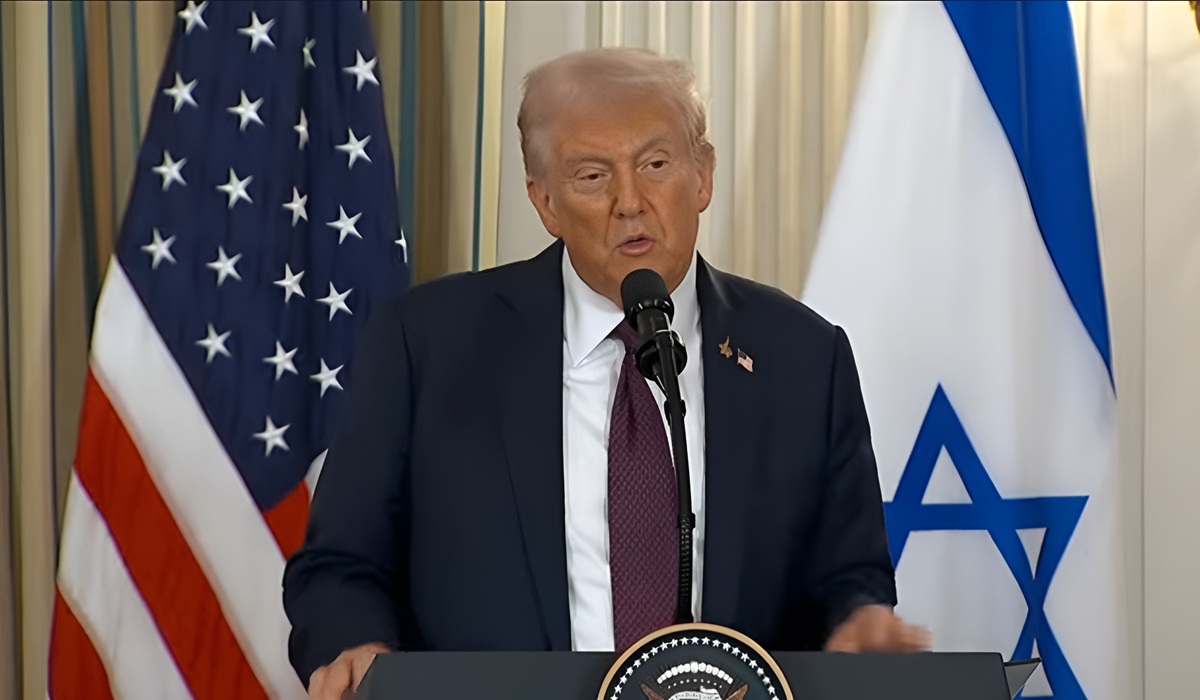The Hip-Hop Conspiracy: From Conscious Rhymes to the Prison Pipeline
- TDS News
- Conspiracy Theory?
- U.S.A
- October 13, 2025

By: Donovan Martin Sr, Editor in Chief
Image Credit: Bogdan Radu
Once upon a time, hip-hop was love, rhythm, and community. In the 1980s and early 1990s, it was the soundtrack of upliftment—Public Enemy, KRS-One, Queen Latifah, A Tribe Called Quest, De La Soul, and countless others painted portraits of empowerment, knowledge, and pride. The music was political, spiritual, and unapologetically Black. It educated a generation, speaking to the streets with poetry and purpose. But somewhere along the way, the tone changed.
By the late 1990s, the genre that once called for self-determination and consciousness took a darker turn—suddenly flooded with lyrics of violence, misogyny, drugs, and gang warfare. The message shifted from “Fight the Power” to “Get the Power by Any Means Necessary.” The question is: how and why? Was it simply the evolution of culture—or was it orchestrated?
The theory, whispered for years in both the studios and the streets, is that hip-hop’s transformation wasn’t an accident. It was engineered.
According to this long-circulating conspiracy, major record executives, politicians, and private prison investors saw an opportunity. The late 1980s and early 1990s marked a new era of privatized incarceration in America. States began outsourcing prisons to private companies, who, in turn, were paid based on occupancy rates—how many inmates they could keep behind bars. The higher the headcount, the more the money flowed. But to keep prisons full, there had to be a steady stream of new inmates.
Enter the music.
The theory suggests that executives and investors met behind closed doors with radio owners, television networks, and political operatives. The plan? Saturate the airwaves with music that glorifies criminal behavior, demeans women, and paints violence as both status and survival. If you could shape the culture—what kids wore, said, and dreamed of—you could shape their outcomes. And in turn, fill the cells.
Now, here’s where it moves from theory to something that feels chillingly close to truth.
In the early 2000s, real-life scandals emerged. In 2008, two Pennsylvania judges—Mark Ciavarella and Michael Conahan—were caught taking more than $2.6 million in kickbacks from private prison developers. Their role? Sentencing young offenders—many of them Black and Latino—to unusually harsh terms in juvenile facilities for minor infractions. It became known as the “Kids for Cash” scandal.
In another case, the U.S. Justice Department has documented multiple instances of private prison lobbying groups donating millions to political campaigns, influencing sentencing laws, and advocating for “tough on crime” policies that disproportionately targeted young Black men—the very demographic most influenced by mainstream rap’s messaging.
None of this proves that record labels were directly colluding with prison owners. But when you follow the money, the patterns are hard to ignore. During the same period when gangsta rap became mainstream, prison populations skyrocketed. From 1980 to 2000, the number of incarcerated individuals in the U.S. ballooned from around 500,000 to over 2 million. And it wasn’t just coincidence that record labels pushed artists who glorified a lifestyle that often led young listeners straight into that system.
Hip-hop, a culture born to free minds, was now feeding an industry that profited from lost ones.
Even some artists themselves began to question the shift. In interviews over the years, rappers like Professor Griff (Public Enemy), Immortal Technique, and Lupe Fiasco have alluded to shadowy pressures to “tone down the consciousness” or “stay street.” Artists with positive messages were often dropped, underfunded, or buried under the marketing avalanche promoting the next violent single. Meanwhile, companies like Clear Channel (now iHeartMedia) consolidated radio ownership, controlling what millions of people heard each day.
The result? Generations conditioned to see self-destruction as authenticity, disrespect as power, and incarceration as an inevitable rite of passage. The deeper tragedy is that the culture began to reflect the propaganda, blurring the lines between art and manipulation.
Maybe this was capitalism in its purest, coldest form—profit over people. Or maybe it was more—a deliberate social engineering project, a cultural operation to neutralize a movement that once gave Black youth their voice, their power, and their unity.
The so-called “hip-hop conspiracy” isn’t a story about beats and rhymes—it’s a story about control. Control of sound. Control of image. Control of outcome. Whether through corporate greed or coordinated design, the shift in hip-hop didn’t just mirror America’s decline into mass incarceration—it became the soundtrack for it.
So, is it really a conspiracy theory? Or just the uncomfortable truth we’ve been dancing to for decades?

